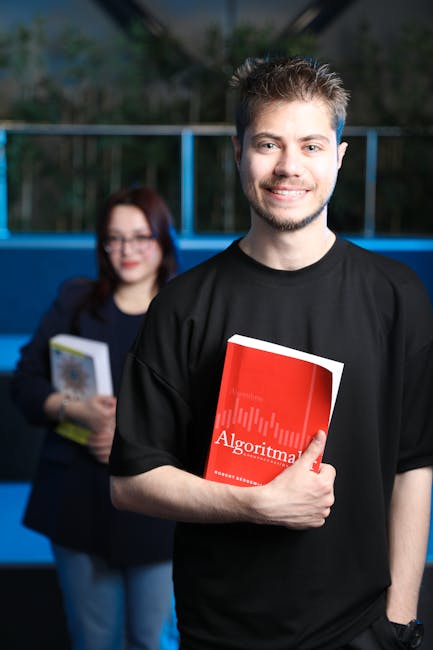Optimizing Social Media App Deployments with Kubernetes and Docker in 2025
In today’s rapidly evolving tech landscape, deploying social media applications efficiently is critical for ensuring scalability, reliability, and optimal user experience. Kubernetes and Docker have emerged as industry-standard solutions for orchestration and containerization, allowing teams to automate deployments and streamline infrastructure management. This article explores advanced strategies for optimizing social media app deployments with Kubernetes and Docker, focusing on production environments in 2025.
–
Kubernetes and Docker Overview
–
Practical Architecture for Social Media Apps
–
Automation in CI/CD Pipelines
–
Scaling Strategies for Peak Traffic
–
Monitoring and Observability
–
Security Best Practices
–
Conclusion
Kubernetes and Docker Overview
Kubernetes orchestrates containerized applications at scale, while Docker provides a lightweight, consistent runtime to package and run applications. Together, they enable social media platforms to deploy microservices reliably and reduce manual intervention, making large-scale social platforms more agile in production.
- Kubernetes: Automated cluster management and scheduling
- Docker: Application isolation, image versioning, and reproducible builds
- Synergy: Rapid deployment, rollback, and blue-green deployments for social media features
Practical Architecture for Social Media Apps
Designing architecture for social media apps involves thoughtful planning to handle massive volumes of real-time data and millions of concurrent users. A containerized microservices approach dramatically improves maintainability and scalability.
- Use Namespaces in Kubernetes to separate staging, production, and feature environments.
- Implement Service Mesh (e.g., Istio) for advanced traffic management, A/B testing, and security policies.
- Containerize worker processes for feeds, notifications, and media storage for horizontal scaling.
Automation in CI/CD Pipelines
Automating build, test, and deployment pipelines minimizes human error and accelerates feature delivery for social media platforms. Integrate your CI/CD system with Docker and Kubernetes for maximum efficiency.
- Automated Docker Image Builds: Build and publish versioned images on every pull request.
- Kubernetes Manifests: Use templating tools like Helm or Kustomize for flexible deployments.
- Rollback Strategies: Enable safe, automated rollbacks using Kubernetes Deployments and health checks.
Scaling Strategies for Peak Traffic
Social media applications experience highly variable traffic, especially during trending events. Efficient scaling is vital for maintaining performance during these spikes.
- Horizontal Pod Autoscaling: Automatically adjust replicas based on CPU, memory, or custom metrics (likes, posts, comments per second).
- Cluster Autoscalers: Add or remove nodes seamlessly to match demand and optimize costs.
- Cache Services: Deploy Redis or Memcached as managed services for scaling dynamic feeds and notifications.
Monitoring and Observability
Proactive monitoring is essential for production-grade social media platforms. Kubernetes and Docker integrate with modern observability stacks to provide actionable insights.
- Prometheus & Grafana: Collect and visualize metrics for latency, throughput, and error rates.
- Distributed Tracing: Use Jaeger or OpenTelemetry to trace user actions across microservices.
- Real-Time Alerts: Configure alerts for spikes in failed logins, post errors, or anomalies in engagement rates.
Security Best Practices
Security is non-negotiable for social media applications. Leverage both Docker best practices and Kubernetes security controls to minimize attack surfaces and meet regulatory compliance.
- Image Scanning: Integrate tools like Trivy or Clair to detect vulnerabilities in Docker images as part of CI.
- RBAC Policies: Implement granular Role-Based Access Control within Kubernetes for administrators and service accounts.
- Network Policies: Restrict service-to-service communication using Kubernetes Network Policies for defense-in-depth.
Conclusion
- Kubernetes and Docker jointly enable fast, scalable, and secure deployments for modern social media applications.
- Architect your platforms with microservices, namespaces, and service mesh for robust isolation and flexibility.
- Automate everything from CI builds to rollbacks, leveraging cluster and pod autoscalers for dynamic scaling.
- Establish comprehensive monitoring and adopt strict security protocols to ensure reliable and resilient production systems.
Ready to level up your social media development workflows? Explore more expert insights and advanced strategies at
Metvibe’s Social Media Development Blog.
